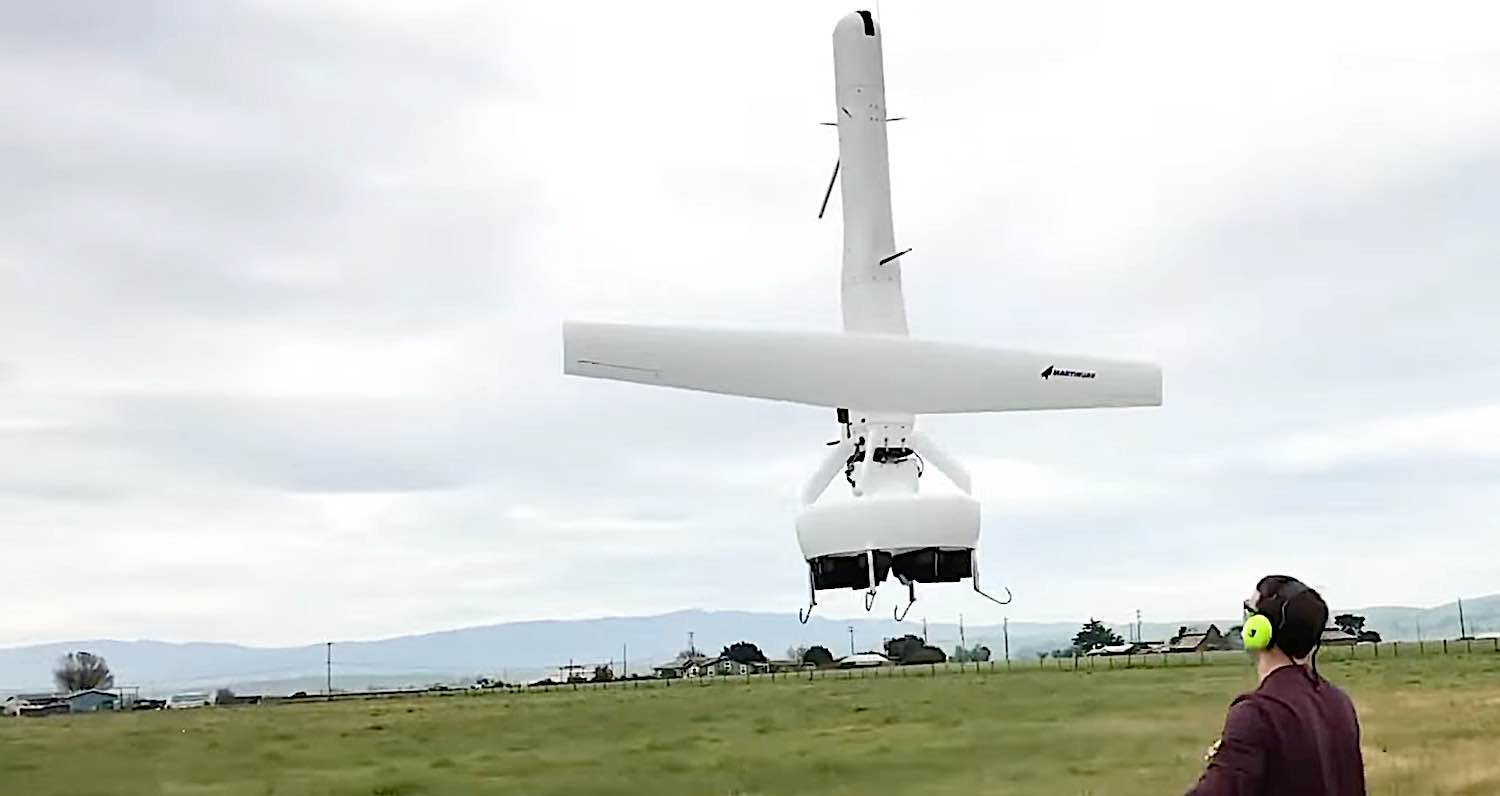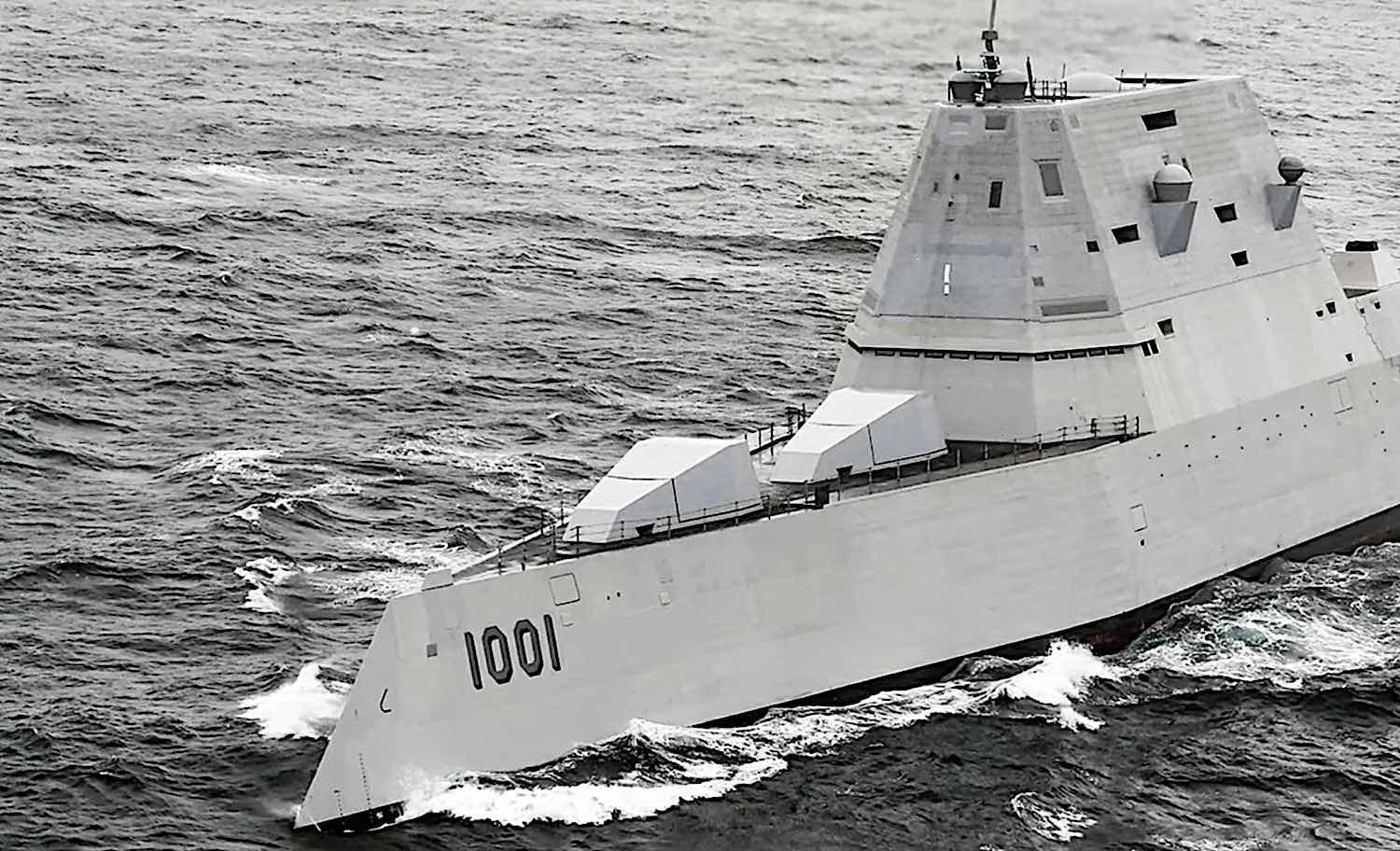As the US Army seeks to replace their RQ-7B “Shadow” tactical drone, first deployed in 2001 — and renowned for its impressive list of accomplishments — Northrop Grumman and Shield AI have been selected for Round 2 of the Future Tactical Unmanned Aircraft System (FTUAS) competition[1] . This change is due to the Shadow’s outdated launch system using a catapult as well as its landings requiring an arrestor wire – not to mention it can’t fly safely year-round in all kinds of weather. Despite it’s solid performance, Shadow’s clearly outdated with nearly two decades of service.
Unlike the “Shadow”, the V-BAT can be manipulated and operated by a duo of soldiers, while also gliding horizontally. Its ducted fan grants it top-notch performance whilst protecting its operators from bare blades. The most remarkable feature? It can stay aloft for up to 8 hours with extra fuel available in case of an emergency!
Northrop Grumman and Shield AI are collaborating to upgrade Martin UAV’s V-BAT drone platform, which has already received testing from the US Navy and Marine Corps.
Demonstrating the capabilities of the V-BAT in a test aboard the advanced stealth destroyer USS Michael Monsoor (DDG 1001):
What is the Future Tactical Unmanned Aircraft System?
The US Army describes it as:
“The Future Tactical Unmanned Aircraft System (FTUAS) will be the replacement for the currently fielded RQ-7B Shadow in ground maneuver brigade combat teams. The FTUAS will be a low to medium altitude aircraft with modern datalinks, Electro-Optical/Infra-Red (EO/ IR) sensors, Infra-Red/Laser pointer/Laser designator/Laser range finder, data encryption, manned-unmanned teaming capabilities and the ability to operate autonomously. Designed with a Modular Open Systems Approach, FTUAS payloads will be easily interchangeable. The FTUAS will be readily deployable using Chinook Helicopters and provide commanders more flexibility on the battlefield.”

The newly enhanced V-BAT drone platform could be an invaluable resource for US Army Brigade Combat Teams, Special Forces, and Ranger battalions in their surveillance of remote areas. Its modular system allows it to carry a variety of advanced payloads such as surveillance and electronic warfare technology that enable these teams to conduct persistent reconnaissance operations with greater efficiency.

Testing with various payloads
The V-BAT system is being tested with the integration of cutting-edge surveillance and electronic payloads. This multifaceted platform accommodates a variety of payloads, such as electro-optical/infrared, synthetic aperture radar, and EW systems. Thanks to its easy usability and higher power output coupled with a shortened supply chain and interchangeable payload choices, this upgraded version presents enhanced long-term adaptability along with superior life cycle management.

































